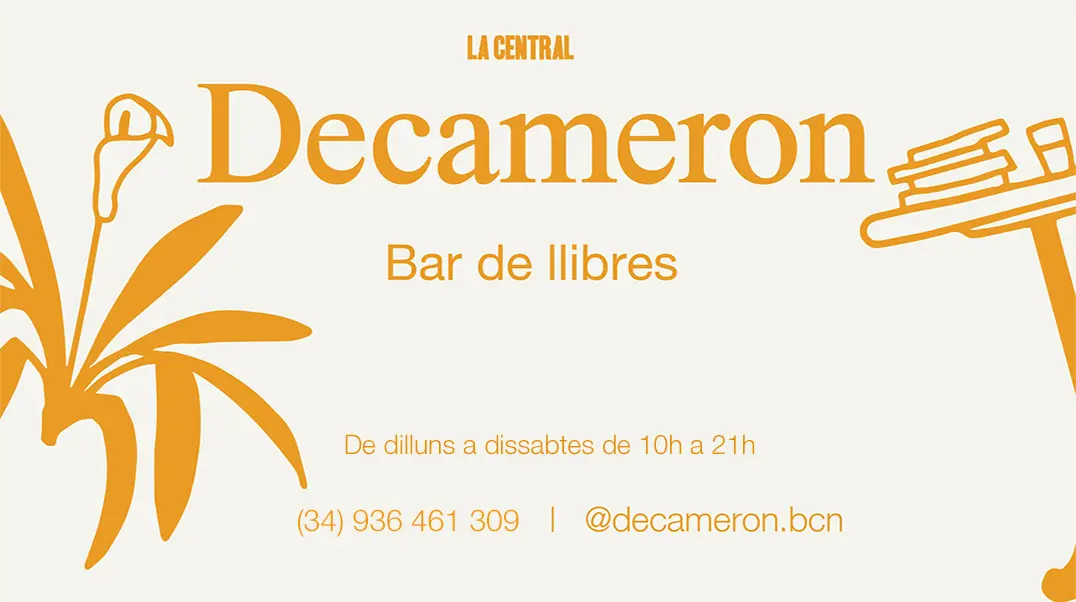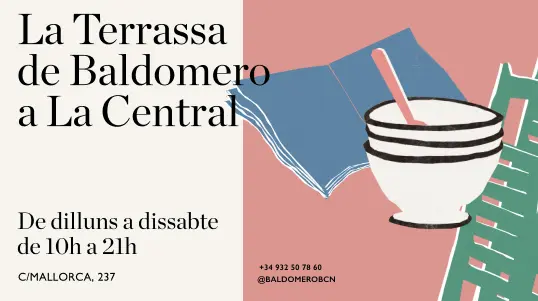Fukushima. Flores de invierno

Fukushima. Flores de invierno
32,50 €
ENVIAMENT GRATUÏT*
Sense existències ara
Rep-lo a casa en 3/4 dies per Missatger o Eco Enviament*
Una aproximación artística y singular a los trágicos sucesos del tsunami ocurrido en Japón en marzo de 2011.
El título del libro se inspira en el poema de Tamiki Hara ´Natsu no Hana (Flores de verano)´. El poeta Hara fue un superviviente de la bomba atómica de Hiroshima. La muerte de su mujer Sadae Hara y la bomba de Hiroshima fueron el eje fundamental de su obra.
Sicilia se interesa por el sonidos de los pájaros y del tsunami, el ruido de Fukushima, y los interpreta tomando como punto de partida distintas fuentes a través de parámetros concretos: lecturas de datos sonoros registrados en el océano durante el tsunami, grabaciones recogidas en aquel momento, por ejemplo, de mensajes de alerta emitidos en algunas de las zonas afectadas, o del sonido de los pájaros, voces de la gente recogidos en vídeos sobre el tsunami colgados en Youtube, etc.
This catalogue for an exhibition organised at the Fukushima Prefectural Museum of Art presents the most recent output by José María Sicilia. Through a series of works using different techniques, materials and formats, Sicilia seeks a way to express the events which occurred in the Tohoku region due to the 2011 earthquake and tsunami. The artist visited the affected areas several times, and the results of this investigation are brought together in a selection of works including sculptures, paintings, sound-based pieces, documentary and artworks made by local children at workshops. With text contributions by Antonio Lucas, Takashi Sasaki and the artist himself.
El título del libro se inspira en el poema de Tamiki Hara ´Natsu no Hana (Flores de verano)´. El poeta Hara fue un superviviente de la bomba atómica de Hiroshima. La muerte de su mujer Sadae Hara y la bomba de Hiroshima fueron el eje fundamental de su obra.
Sicilia se interesa por el sonidos de los pájaros y del tsunami, el ruido de Fukushima, y los interpreta tomando como punto de partida distintas fuentes a través de parámetros concretos: lecturas de datos sonoros registrados en el océano durante el tsunami, grabaciones recogidas en aquel momento, por ejemplo, de mensajes de alerta emitidos en algunas de las zonas afectadas, o del sonido de los pájaros, voces de la gente recogidos en vídeos sobre el tsunami colgados en Youtube, etc.
This catalogue for an exhibition organised at the Fukushima Prefectural Museum of Art presents the most recent output by José María Sicilia. Through a series of works using different techniques, materials and formats, Sicilia seeks a way to express the events which occurred in the Tohoku region due to the 2011 earthquake and tsunami. The artist visited the affected areas several times, and the results of this investigation are brought together in a selection of works including sculptures, paintings, sound-based pieces, documentary and artworks made by local children at workshops. With text contributions by Antonio Lucas, Takashi Sasaki and the artist himself.

















